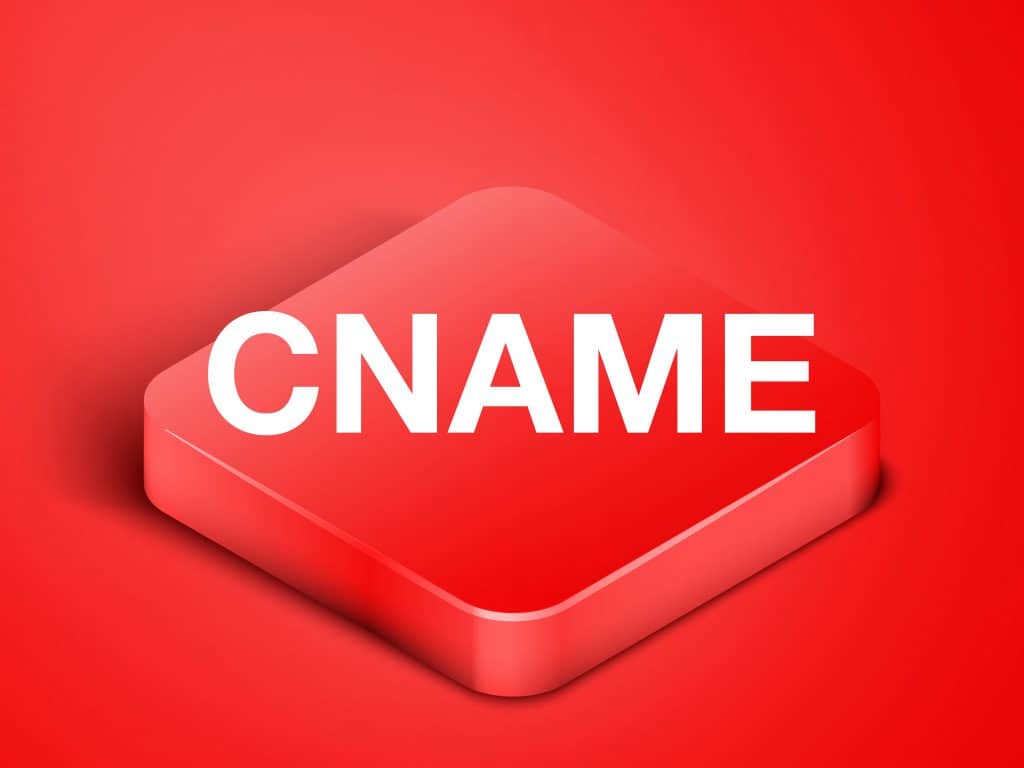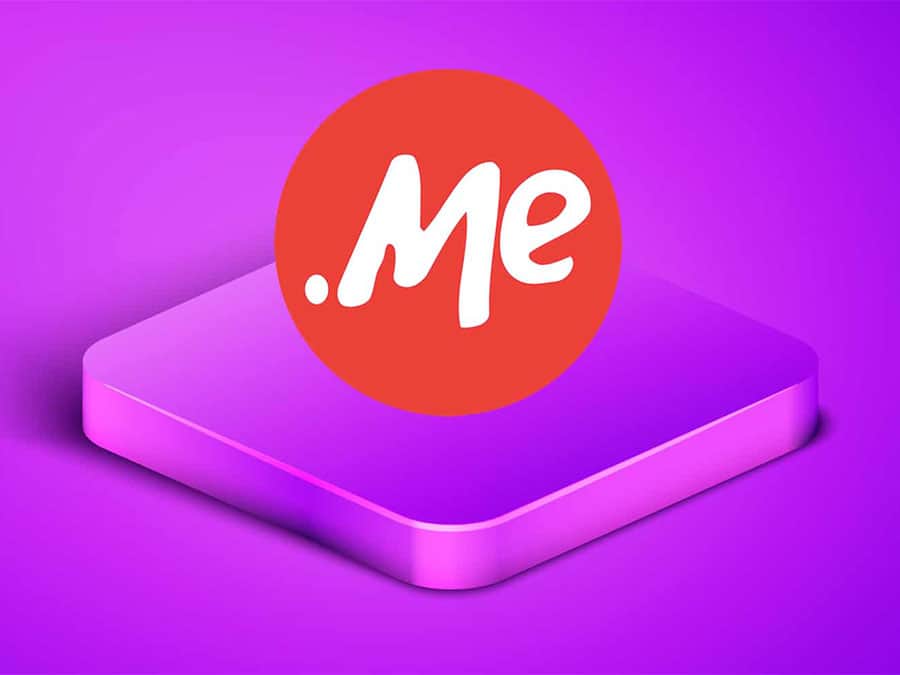How to Launch and Promote a New Website
- By Douglas Moore
- December 1, 2020

First off, congratulations on your new website! You’ve done a lot of work – developing the concept for your website, designing its look and functionality, taking awesome photos of your products, writing content, and perhaps collaborating with a team to make it all work perfectly. Now it’s time to launch! However, your job’s not done. Because those customers won’t magically appear – you need to work for it.
A crucial step following your website’s launch is promoting it. How can you draw in visitors to your website? How can you increase traffic in order to boost conversion rates and make more sales? Don’t worry, we’ve got your back with several simple yet effective strategies that will help you drive traffic to your beautiful new website, and help you promote the new website launch.
How to Promote a New Website Launch
1. Build Your Social Media Presence
If You Don’t Already Have Social Media Accounts for Your Business:
If you haven’t already made accounts for your business across different social media platforms, now’s the time to do it. Building your social media presence can really help you draw in customers to your website, as you’d be going to where they are and bringing them back to where you are.
Although it’s good to open several accounts over different platforms (Facebook, Instagram, Twitter, LinkedIn), it’s important to first identify your target audience and see which social platform is their preferred space for congregating, i.e. natural habitat. For instance, some B2B (business to business) companies do better on LinkedIn, while some B2C (business to consumer) companies do better on Instagram. But this is just a generalization, and not always the case, so do your research and find out which platform is most heavily frequented by potential buyers.
Once you’ve picked your platforms, make sure you use the same username for all of them, as well as a recognizable profile picture of your brand’s name or logo. Fill in as much information about your business as possible, including working hours, email, phone, location (where applicable), about/origin story, some details about the team behind the product, and of course – your newly launched website’s URL.
You should also add some beautiful images of your product or activities related to your business. For instance, if you’re selling yoga mats, get some photos of people doing yoga on your yoga mats. Once you’ve created the profiles, you need to keep them active, so it’s best to regularly post content like short texts, photos, and videos that will keep you visible in the eyes of your followers (visual content is more likely to be shared on social media than written text). Overall, we recommend posting about 3 times a week.
It also helps to utilize trending hashtags on Twitter, Instagram, and Facebook to draw in visitors.
Lastly, to get things moving, you can start off by inviting people in your circle, like your friends, family, colleagues, and existing customers to like your social media pages.
If You Do Already Have Social Media Accounts for Your Business:
Even if you already have some social media presence across platforms, you need to keep it active and make your existing “fans” aware of your website redesign, or relaunch. So, if you already have a following, make sure everyone knows about the new, budding benefits of your new website, such as:
- What new features does it offer?
- How is user experience improved?
- Do you offer new products or resources?
- Do you offer any discounts or special offers as a part of the relaunch?
2. Use Social Media to Market Your Website
A great way to promote your newly launched website is marketing it on social media. One free way of doing this is by joining a LinkedIn group from your personal account (you can’t do it from your company account). Once you’ve joined a LinkedIn group that’s relevant to your product, you can start sharing content from your website (like products and blog posts), so it can reach others interested in your field. Make sure you don’t seem like a spammer in the process – be to-the-point and genuine.
Keep in mind that LinkedIn has over 700 million members. Work on expanding your network through your personal account, where you most definitely keep a link to your website!
Another popular way to market on social media is by using Facebook Ads. After all, users aren’t the customers on Facebook, they’re the product. Or at least, their data is. In any case, using Facebook Ads can help you target specific types of people (your target audience) in terms of their interests, age, browser searches, geographic locations, and so on. It’s a cost-effective way to increase traffic to your website.
But it’s not just Facebook – you can also get click ads on LinkedIn and Twitter, as well as promoted pins on Pinterest. Again, it’s important to know where your target audience is so that you can decide where to place ads promoting your new website.
3. Consistently Create Fresh Content
Did you know that one of the best ways to draw in organic traffic from online searches is to publish quality content? Well-thought-out and well-written blog articles are absolutely key in boosting your SEO. Think of it this way: a good article will:
- Engage the reader, keep them on your website, and increase your chances of making a sale.
- Increase your chances of being ranked higher in the SERPs.
- Increase your chances of getting backlinks from high-authority websites (which also increases your SERPs ranking!).
There are some particulars you should pay attention to when writing content for your website – like keyword optimization and content optimization. High-ranking content on Google is good quality content that includes elements such as high readability, longevity (Google likes rich, in-depth articles; you can aim for something between 1,000 and 2,000 or so words apiece), relatable keywords searches, and frequent updates. Concerning updates, for instance, even if you’ve written an article a couple of years back, a few minor updates will cause search engines to see it as fresh content and increase its chances of ranking higher up.
And you know what, sharing these blog articles on your social media pages can really help draw in visitors. Here are some ideas of content you can write and share:
- Topics related to your product or business – going back to the yoga mat example, you can write articles about the benefits of yoga;
- Answering your customers’ FAQs;
- Top X Lists – like Five Yoga Poses for Knee Problems, Top Three Yoga Poses to Tone Your Body, etc. (people love lists, for some reason. Oh look, this article is a list as well.)
- Articles about your business’ background, and how it contributes to the community;
- Describe your services/products in more detail.
You can also create interlinks between the pages of your website. So for instance, if you’re talking about a service that you offer in one of your blog posts, make sure there’s a link to its product page. You can also create links to high-authority websites, so your customers know that the knowledge you share is fact-checked by authorized professionals.
4. Free and Paid Backlinks
You can reach out to websites related to your business, and ask them if they would share links to your website. This will increase the number of backlinks to your website, which will boost your SEO and increase your chances of someone getting redirected to your landing page.
In some cases, you’ll be able to get a backlink and give nothing in return, but that’s quite rare. At best, you may be able to get away with a “trade” – they give you backlinks, you give them backlinks. You may also need to pay to get backlinks to your website.
5. Email Marketing
No, email marketing isn’t a thing of the past. In fact, it’s still one of the most popular ways to promote a new website launch. Write about it in a newsletter to your clients and subscribers, and emphasize the benefits that come with the new website (new offers, functionalities, design). You should also provide clickable links that lead to your new site and buttons that allow users to share it across social media. Make sure to include images of your website redesign.
You can also send attractive overviews of recent blog posts in your monthly newsletter, which would motivate the recipients to click the links to the content and land on your website.
Make sure that your emails don’t sound spammy or pushy, though. Be authentic, thoughtful, and genuine. You don’t want to be associated with those overly salesy, exclamation mark-heavy emails that somehow haven’t died out yet.
Another helpful thing to add to your emails is to make special offers that people can claim if only they follow the link back to your website. For instance, you can use:
- Get an X% discount this week to celebrate the new website launch.
- Get free shipping on any orders placed until X! (Airlines use this technique a lot, to then trick you with insanely high surcharges and various taxes, but who am I to hold a grudge -.-)
- Use this code for an X% discount on any products on our new website!
You can follow similar marketing models on social media, like…
6. Develop Giveaway Contests on Social Media
Giveaway contests are all the rage. Because really, who doesn’t like free stuff? They taste better. The great thing about giveaway contests on social media is that if done right, they can help you create some buzz and engagement about your business and your products.
Some perks of contests and giveaways on social media are:
- Engage your followers;
- Lead more traffic back to your website;
- Get more email subscribers;
- Boost your conversion rate;
- Get some new followers on social media platforms.
Make sure to read up on some extensive guides on how to do a giveaway on social media right, but here are a couple of strategies you can choose from – once you’ve picked the best item to gift to one or more winners:
- Ask contestants to share images or text with a hashtag leading back to your contest. This is called user-generated content, where users basically share images of themselves using your product or doing an activity that’s related to your service or product. These work great on Instagram!
- Contestants should like, comment, share, or tag someone to win (this is a great way to spread the word to your followers’ friends).
- A fun photo caption contest (who doesn’t love a good caption contest?)
Giveaways and social media contests are one of the easiest ways to get shares, generate buzz, and get people excited.
View Related Articles

What Is a CNAME Record?
A CNAME record (stands for “canonical name” record) is a DNS record which is used to connect an alias of a domain (or a subdomain) with the main domain. In other words, it takes visitors arriving at the alias domain to the same website which is associated with the main domain itself. CNAME records don’t point to IP addresses, but only to a domain.

What is a .me Domain?
The .me domain is a growing trend for good reason: it seems personal. After all, what’s more personal than me? This domain extension offers a lot of versatility for websites names, personal blogs and resumes, call-to-action websites, and businesses seeking to emphasize…

All About The .fun Top-Level Domain
If you’re thinking about using the .fun gTLD for your website, we’ll help you brush up on everything you need to know about it – its history, who runs it, what it’s used for, and where you can get your very own .fun domain extension.